How To Breathe For Recovery
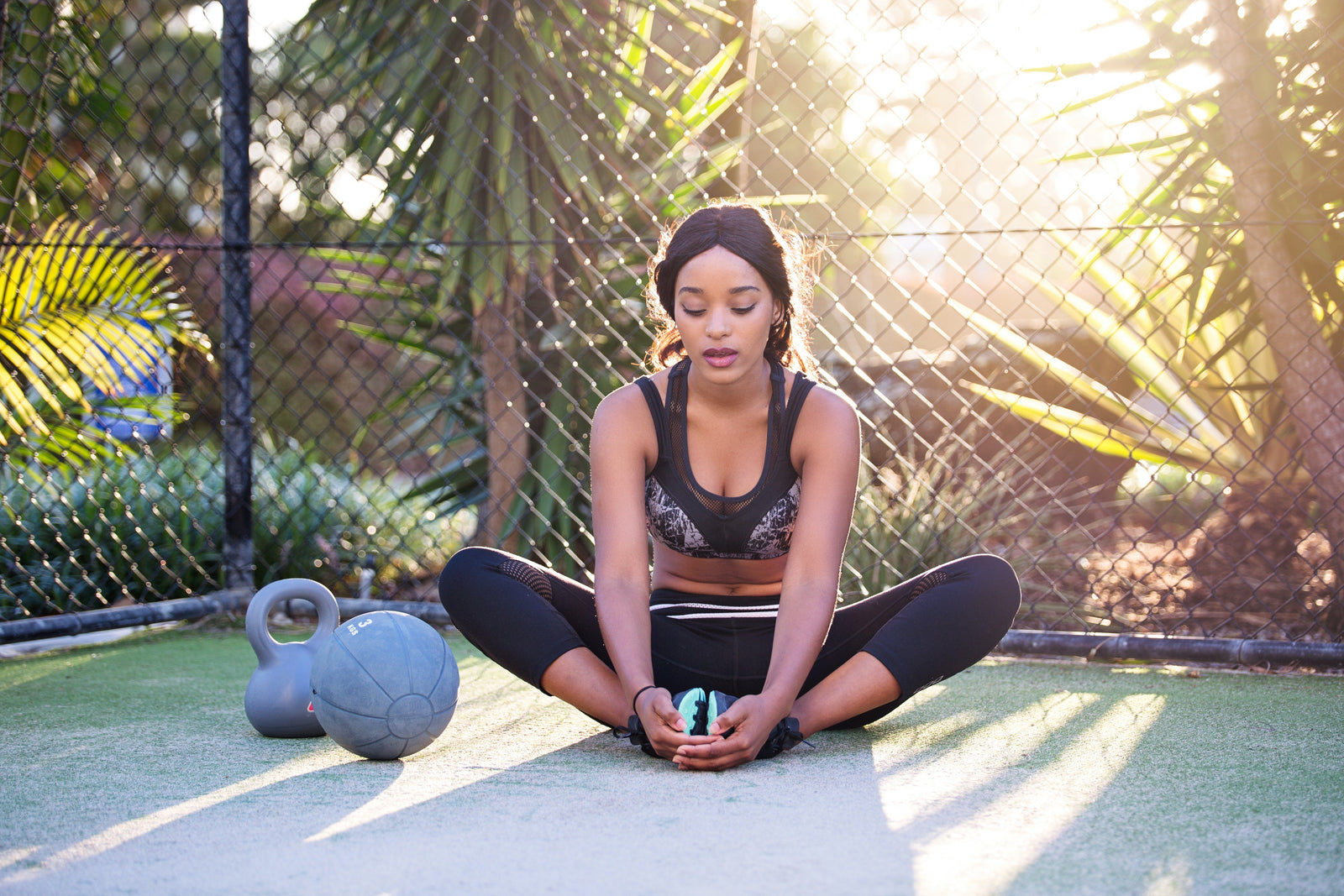
Respiration drives oxygen into the body’s cells and tissues to help clear the body of carbon dioxide. The lungs are the main organ responsible for breathing but the act of respiration involves the nose, the trachea, the diaphragm and the intercostal muscles. The lungs mature around age 20 and, like all muscles in the body, are susceptible to age-related decline.
Exercise, especially aerobic exercise, is the key to a healthy lungs and overall wellness. Physical activity drives much-needed oxygen and blood flow to the body’s muscles, tissues, and organs. In addition to consistent aerobic exercise, focusing on breathing techniques can help improve and protect lung health.
How breathing works
The act of breathing can be broken down into three stages; inhaling or inspiration, holding the breath, and exhaling or expiration. Breathing takes place in the thoracic cage which is made up of the 12 intercostals (ribs) and 12 thoracic vertebrae, connected by the sternum.
During inspiration the diaphragm contracts and pulls down towards the stomach and the intercostal muscles expand the rib cage by contracting. While holding your breath or bracing as during a squat, the intercostal muscles, core, and deep abdominal muscles are responsible for trapping air and maintaining your posture. While exhaling, the diaphragm relaxes and moves upwards while the intercostal muscles relax and the rib cage collapses inwards.
Anatomical differences in men and women account for small differences in breathing but the same techniques and muscles are applicable to everyone. Women have smaller conducting airways than men as well as a higher metabolic breathing cost. Studies suggest that women are more likely to have difficulty with expiration during exercise which means they might benefit more from focused breathing techniques.
Breathing techniques
Deep breathing techniques can help reset the central nervous system and counteract the stresses of daily life and the additional stress of high-impact training. Improper or inefficient breathing techniques can trigger the body’s fight-or-flight response, alert the sympathetic nervous system, and create more stress.
It’s safe to say that, by adulthood, we’re competent in the act of breathing but just because breathing is an inherent act doesn't mean we’re masters at it. Breathing techniques have been around for thousands of years and can be traced back to yoga practices called Pranayama.
Start by relaxing your muscles and placing your tongue behind your upper teeth. Breathing exercises can be done sitting, standing, or laying down. Advanced techniques include rounding the upper back while holding a ball, elevating the feet, or holding a plank with rounded back.
4-7-8 Breathing
Also called relaxation breathing, this technique was developed by holistic health practitioner Dr. Andrew Weil. Inhale through the nose for a count of four, hold your breath for a count of seven, and exhale through pursed lips for a count of eight. This breathing technique is ideal for use any time and is recommended for anxiety and physical or emotional stress.
Box Breathing
This style of breathing originates from yoga and is well-known for being used by the U.S. Navy SEALs. Box breathing involves breathing in for a count of four, holding your breath for four, exhaling for four, and holding your breath again for a count of four. Experts recommend a cycle of four during each session.
Breathing techniques are an easy, equipment-free addition to your health and fitness routine. Focused breathing helps calm both the body through the parasympathetic nervous system and the mind. Experts suggest practicing breathing for 10-20 minutes per day in a quiet environment. These techniques can be useful for before bed relaxation, morning meditation, and in-the-moment stress-relief.








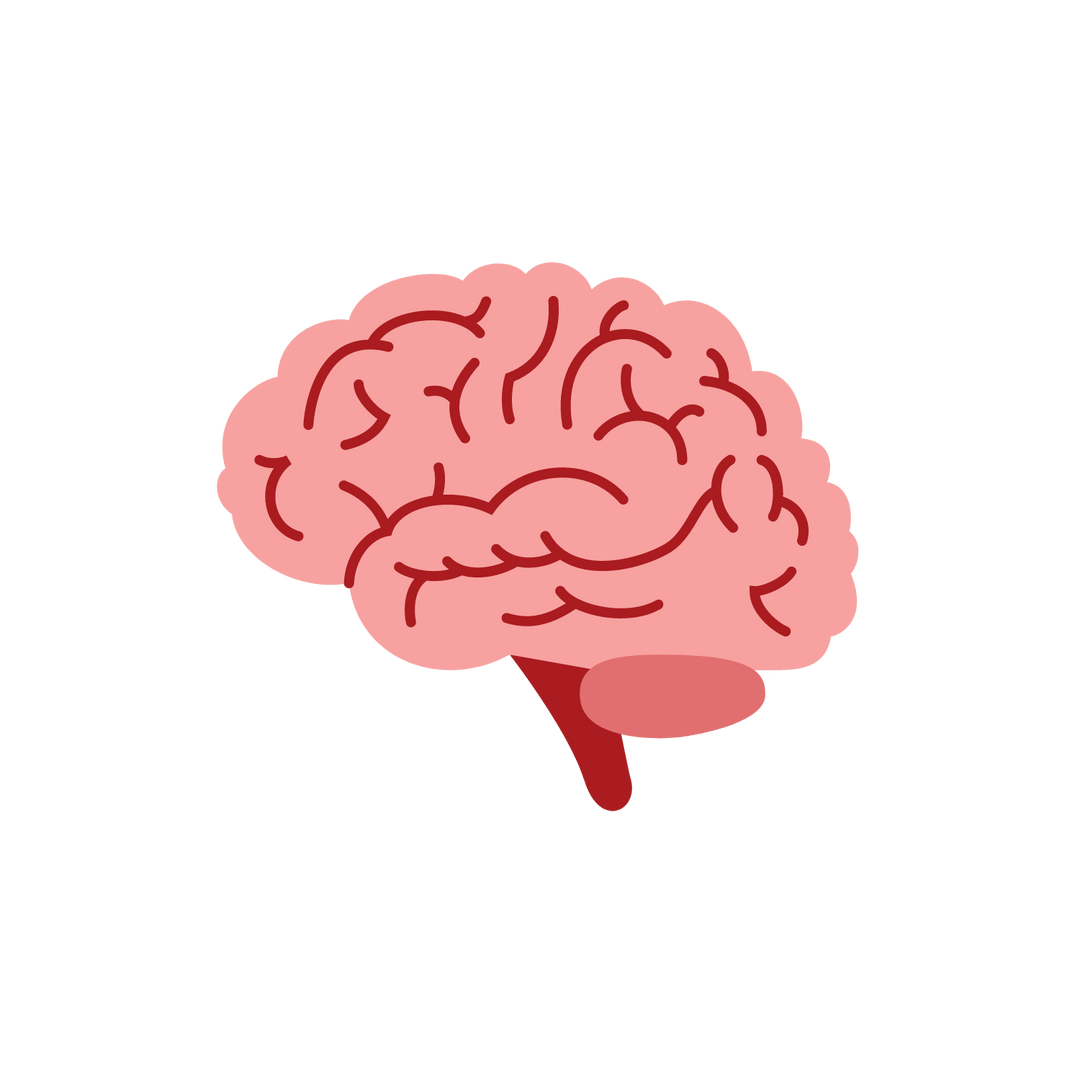





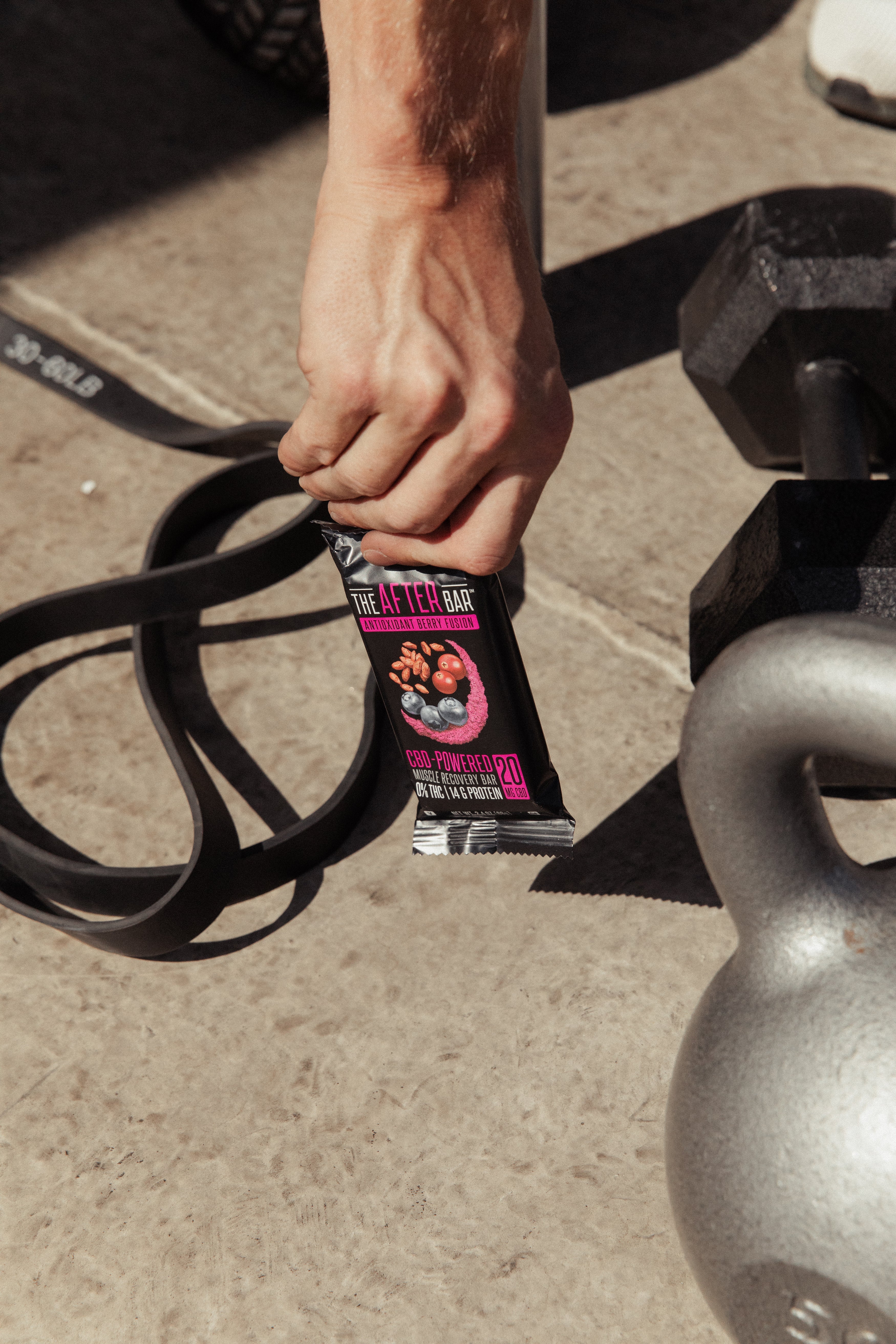

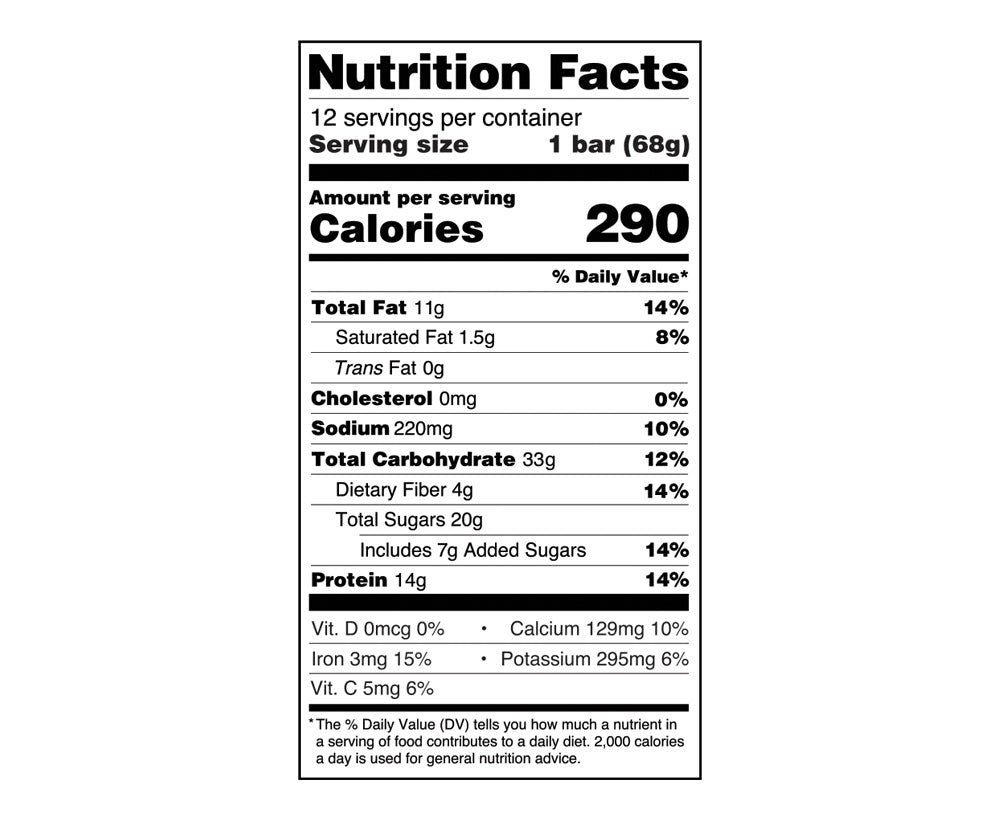




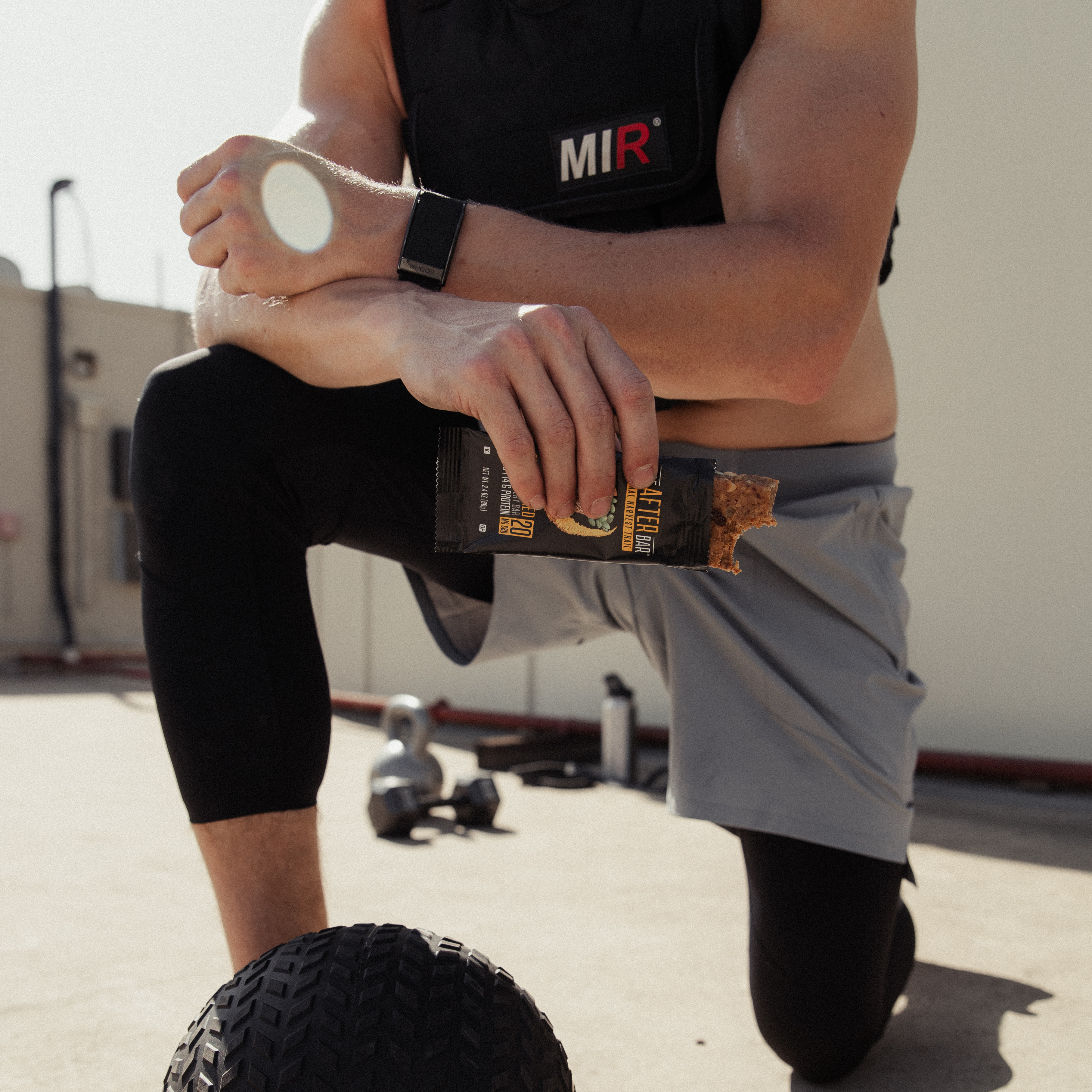
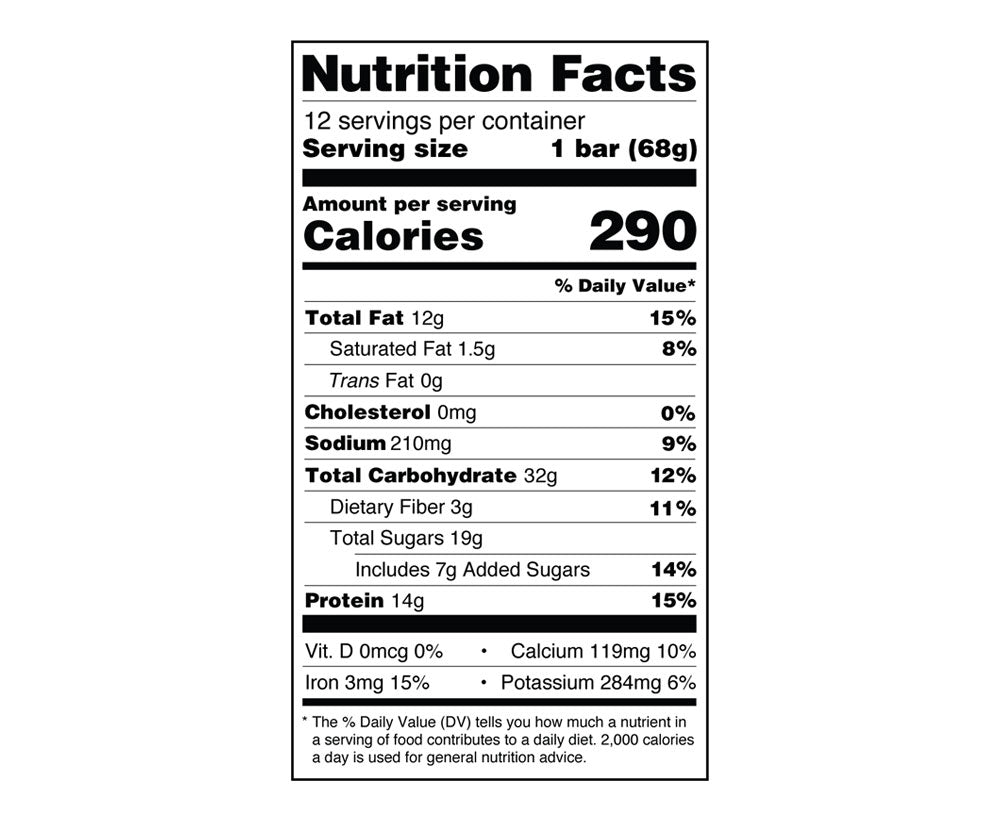
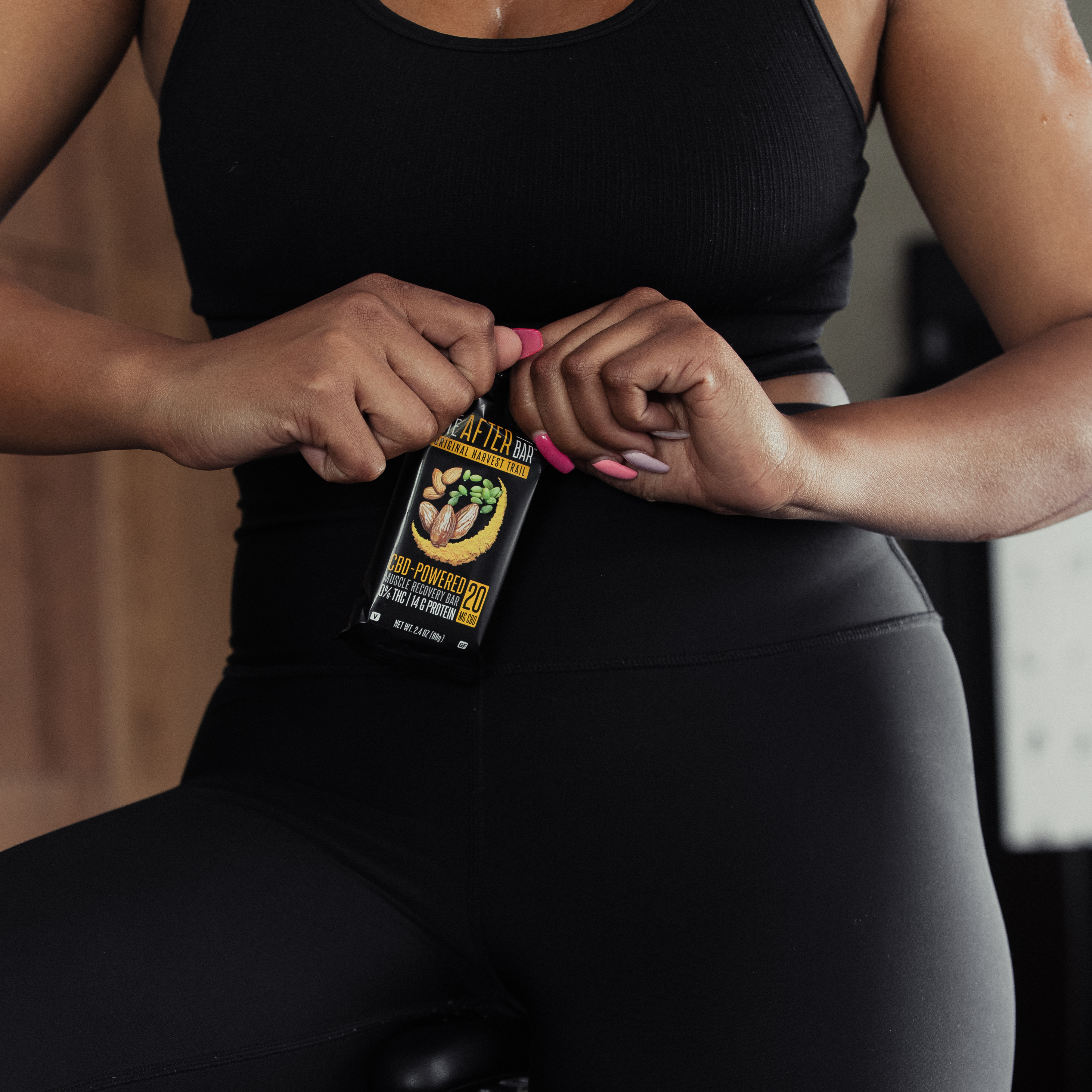

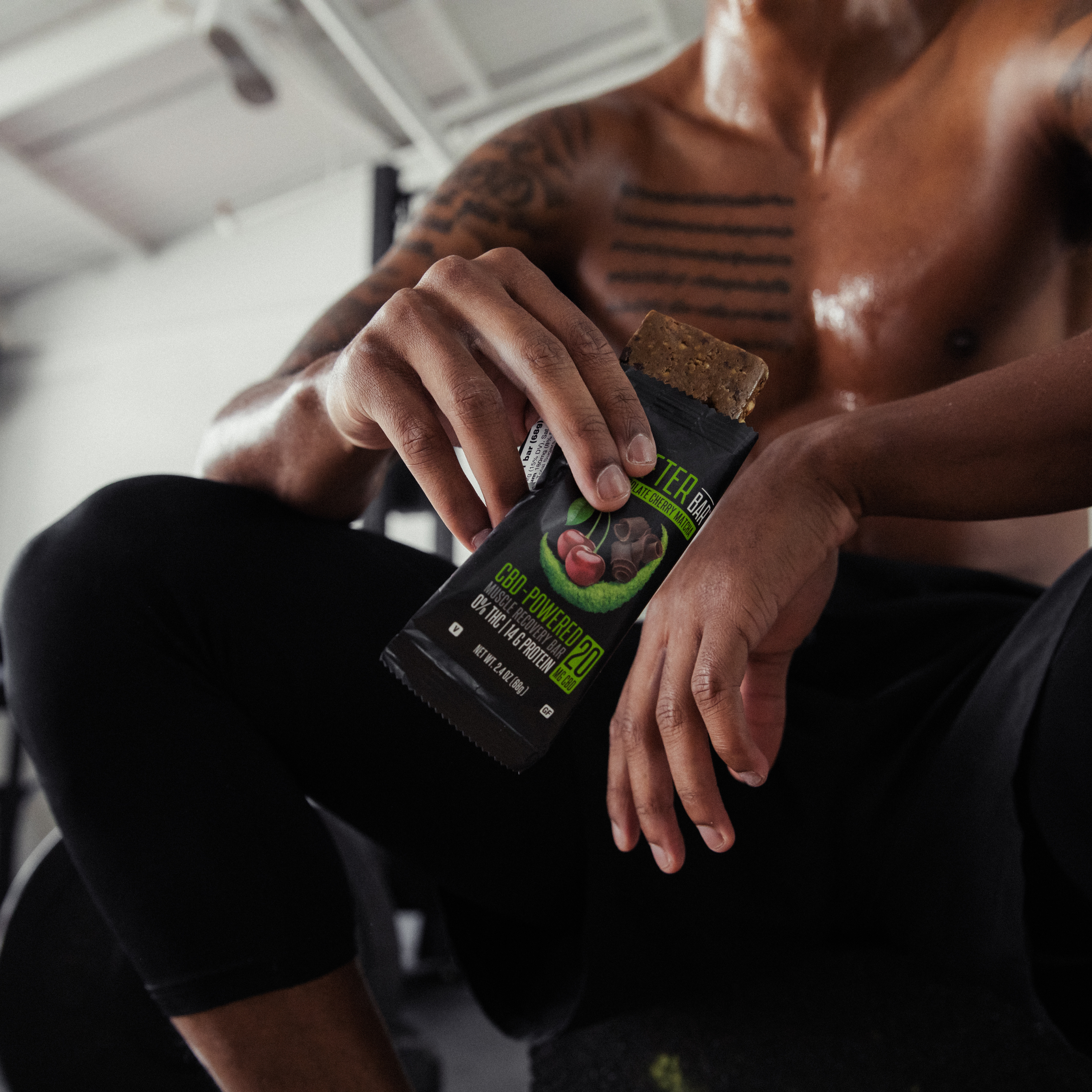


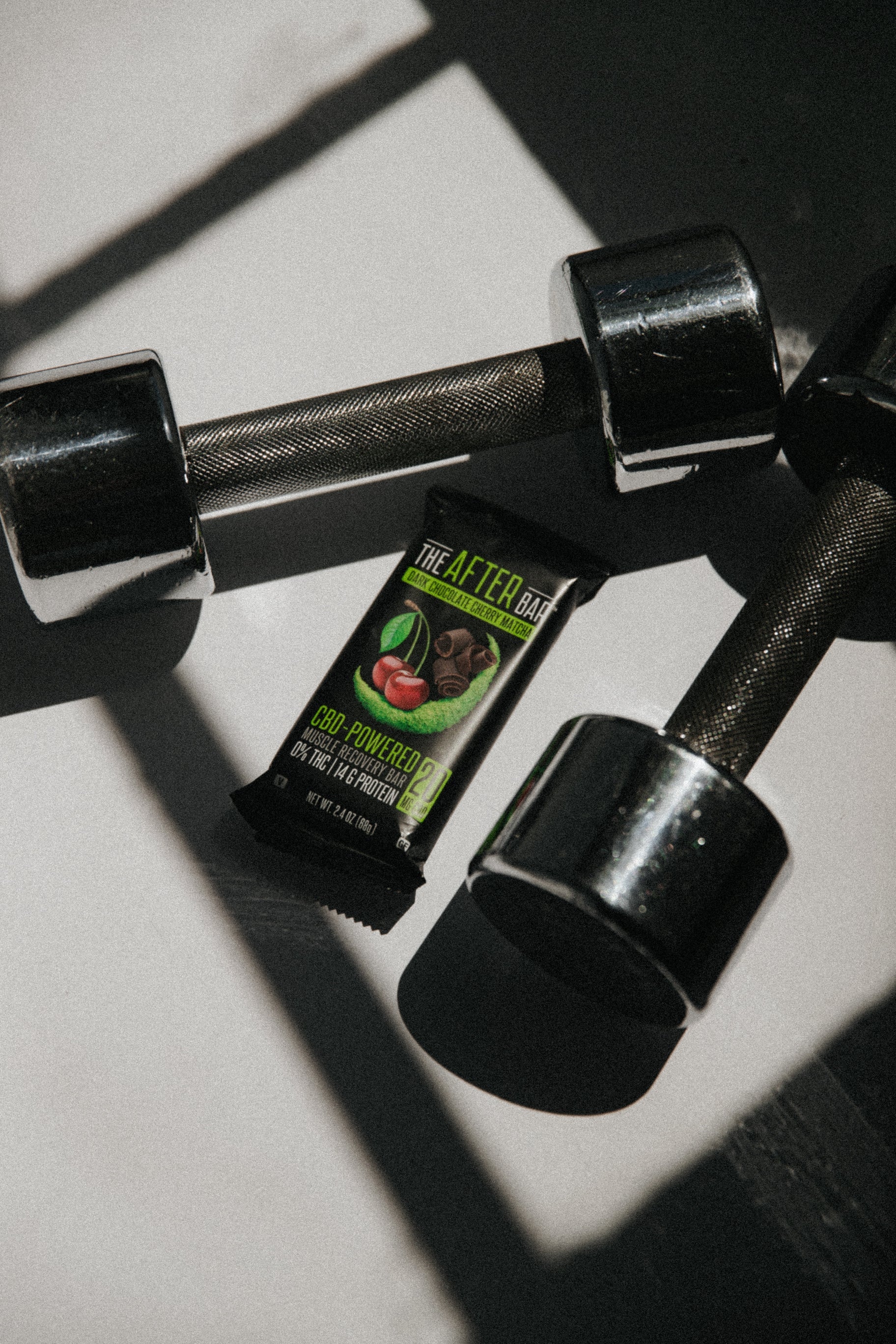
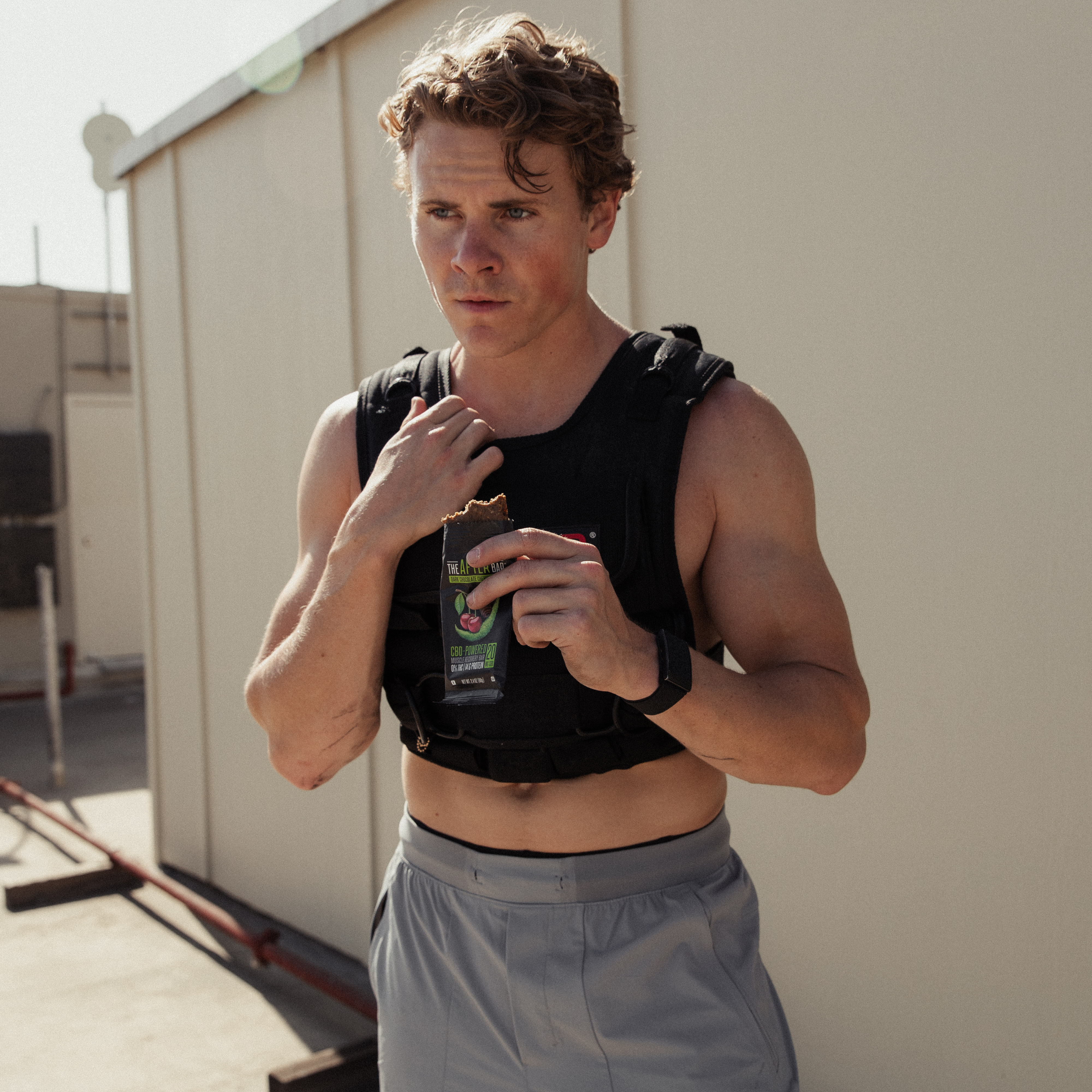
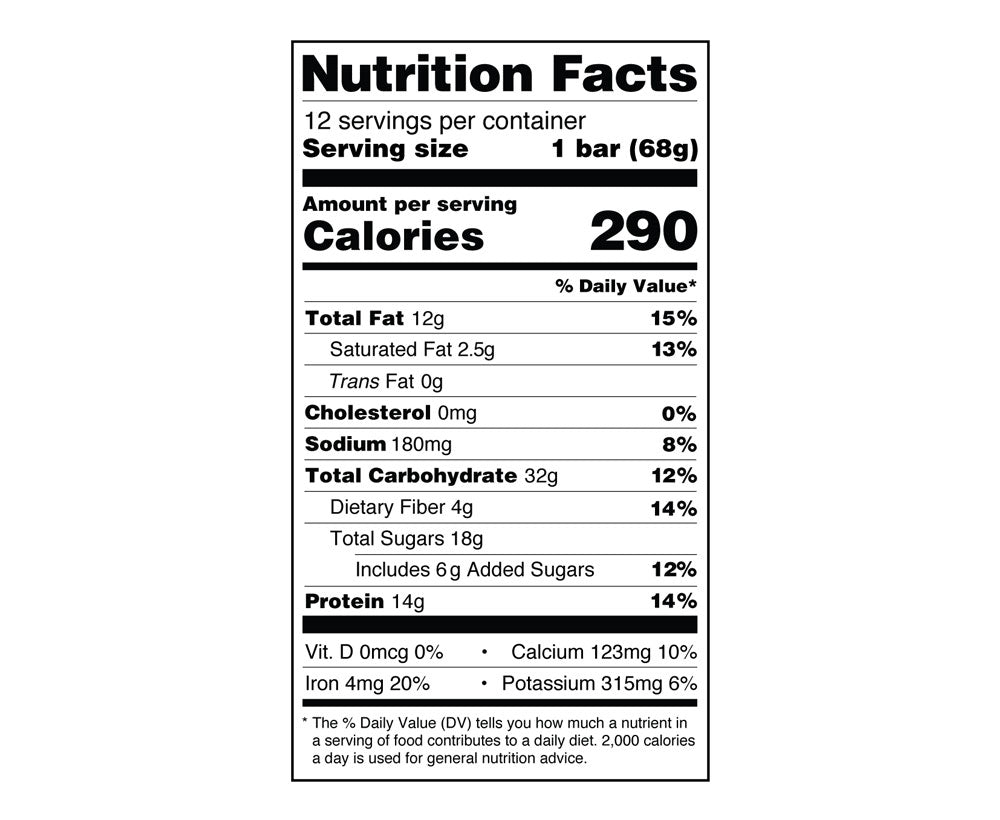





Leave a comment